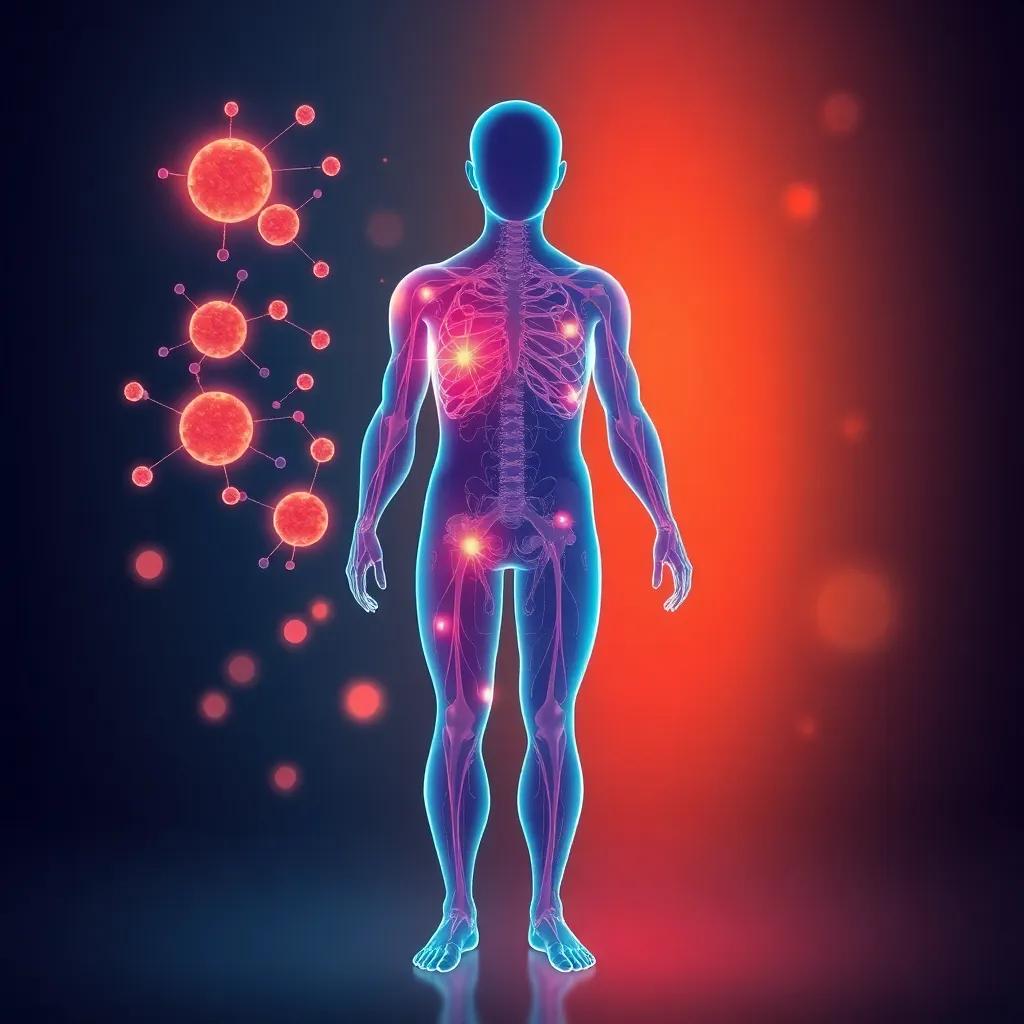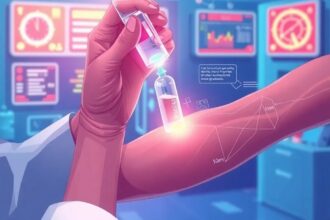A pilot study confirms the safety of intravenous BPC-157 in humans, with potential applications in sports medicine and rehabilitation.
New human data suggests intravenous BPC-157 may be safe, opening doors for research into its regenerative potential for injuries.
The Emerging Promise of BPC-157 in Human Medicine
For years confined to veterinary medicine and underground athletic circles, the peptide BPC-157 is now stepping into the spotlight of legitimate clinical research. A groundbreaking
pilot study published in the Journal of Peptide Science has demonstrated the safety of intravenous BPC-157 administration in humans, marking a significant milestone for this intriguing compound.
From Stable to Clinic: A Peptide’s Journey
BPC-157 (Body Protection Compound-157) originates from a protective protein found in gastric juice. First isolated in 1993, its remarkable healing properties were initially observed in animal studies. We’ve seen everything from accelerated tendon healing to neuroprotective effects in rodent models,
notes Dr. Mark Johnson, a peptide researcher at Stanford University. But the human data simply wasn’t there until now.
The 2023 study involved 20 healthy volunteers receiving intravenous BPC-157 over two weeks. As lead author Dr. Elena Petrov announced in the study’s press release, We observed no adverse effects across all dosage groups, which is exceptionally promising for future therapeutic applications.
Mechanisms of Action: More Than Just Healing
BPC-157 appears to work through multiple pathways:
- Angiogenesis promotion
- Anti-inflammatory effects
- Growth factor modulation
- Tissue regeneration acceleration
What makes BPC-157 particularly interesting, according to sports physician Dr. Rachel Kim, is its systemic effect profile. Unlike many treatments that target specific pathways, this peptide seems to orchestrate multiple healing processes simultaneously.
The Athletic Dilemma: Performance vs. Regulation
The study’s publication comes amid growing controversy in sports medicine. The World Anti-Doping Agency (WADA) added BPC-157 to its 2023 monitoring program, citing increased use among athletes despite limited human data.
This move, announced in WADA’s January 2023 press release, reflects concerns about premature adoption.
Gray Market Boom
A 2022 investigation by Sports Medicine Weekly revealed that BPC-157 products have become widely available through online peptide vendors, with claims ranging from injury recovery to performance enhancement. We’re seeing a classic case of demand outpacing science,
warns anti-doping expert Dr. James Wilson. Athletes are essentially self-experimenting with an unapproved substance.
This tension between potential benefits and regulatory status creates ethical challenges for sports medicine professionals. As noted in a recent Journal of Medical Ethics editorial, Therapeutic potential shouldn’t justify uncontrolled use, but neither should regulatory delays prevent legitimate research.
Looking Ahead: From Pilot to Practice
The positive safety data has spurred commercial interest. Biotech startup RegenPept announced plans to initiate Phase II trials for BPC-157 in Q1 2024, focusing specifically on tendon repair efficacy. Company CEO Dr. Alan Fischer stated in their investor presentation, We’re moving quickly but carefully to translate these early findings into clinically validated treatments.
Research Horizons
Future studies will need to address several key questions:
- Optimal dosing protocols
- Long-term safety profile
- Comparative efficacy vs. existing treatments
- Potential applications beyond musculoskeletal injuries
As the scientific community awaits these answers, the pilot study represents a crucial first step. This isn’t just about validating a compound,
reflects Dr. Petrov. It’s about opening a new chapter in regenerative medicine.




